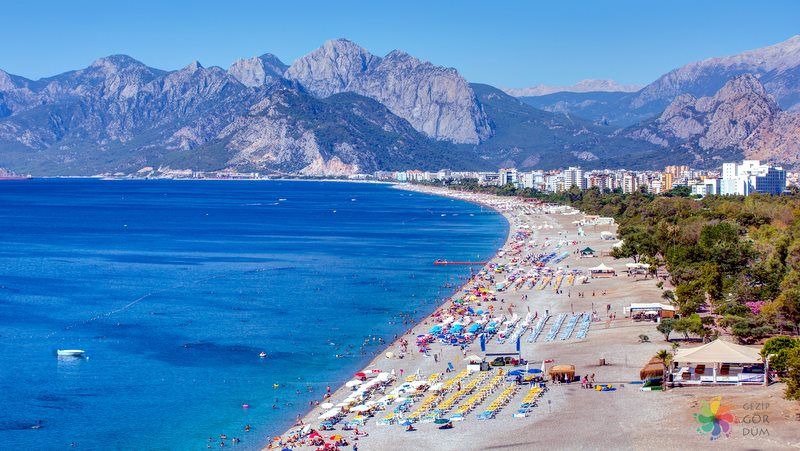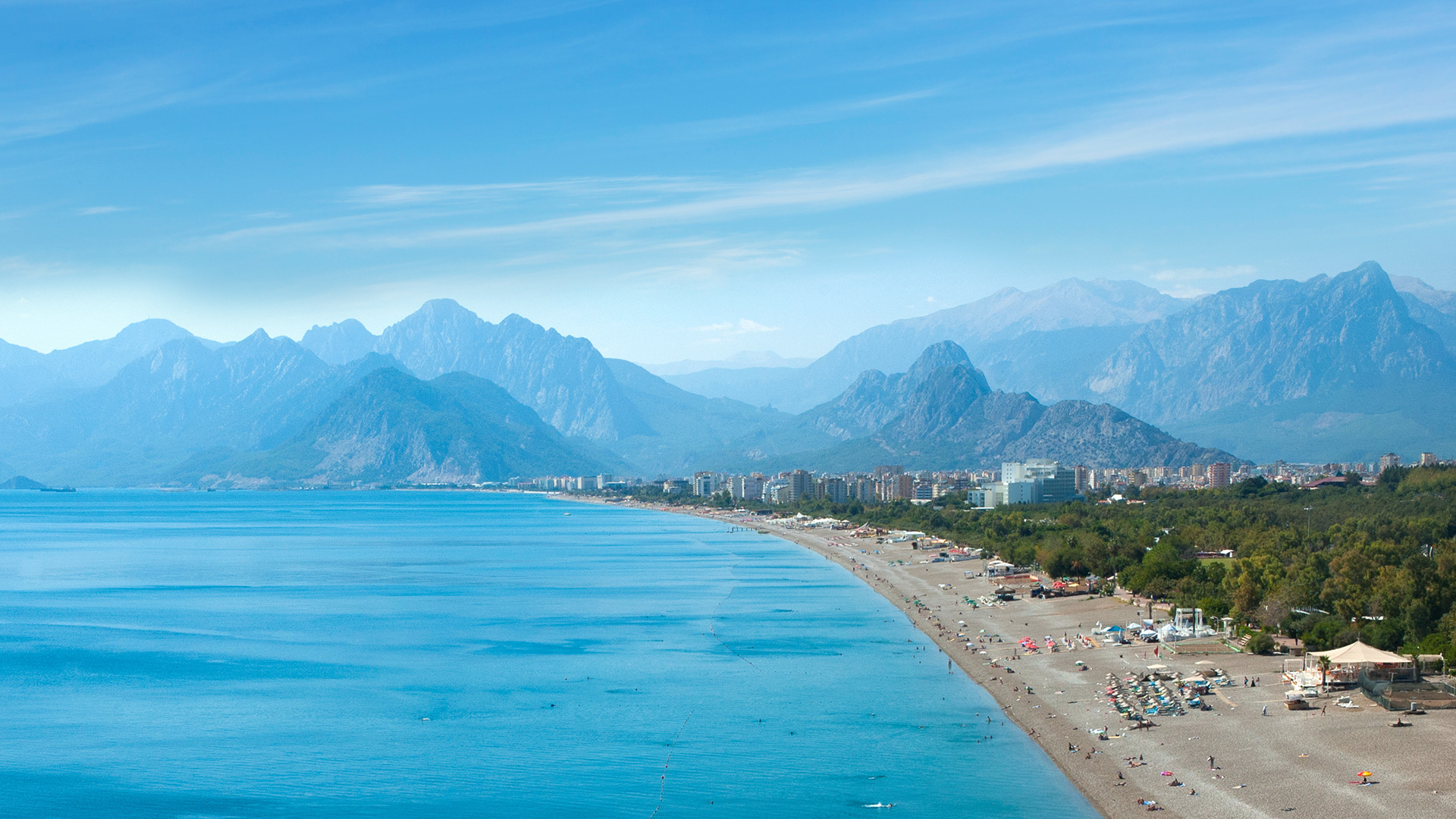History Of Antalya
Antalya Province is the most important and the largest tourism city in the south of Turkey. It is located in the west of the Mediterranean region. There are Taurus mountains on the back of Antalya. Antalya Province has become the sixth largest province of Turkey by growing rapidly in the field of tourism since 1980. İt is a pretty city economically based on trade, agriculture and tourism. From past to present, Antalya has hosted many famous civilizations in the history. The most ancient cities such as Lycians, Pamphilians, Lydians, Byzantines, the Romans Seljuk and Ottomans is all located in Antalya region. Most of Turkey s vegetable production is made in Alanya, Kaş, Kalkan and Patra.
The Hittite state, which is one of the most important periods of Antalya province, was established in the Middle Anatolia in the first place, but later reached to Antalya. İt is mentioned in the Greek mythology that due to the destruction of the Hittite Empire, there was migration of Akads to the region.

In the last Seljuk period, Anatolia went under the population of Ilhanians after 1300 during the Anatolian Turkish principalities and Antalya began to establish tribes and principalities in the Westends.
Karabıkıkoğlu whose name has been mentioned in the historical sources and rebellion in the year of 1511 is more known as Sahkulu Tekeli. He was the son of Sheikh Hasan , the caliph of the Shah Ismail's father and came from the village of Kizilkaya.
The year 1919 is one of the darkest years of Turkish nation. From the soldiers who went to the World War I only 1 in 3 were able to return. Those whom returned either with a lost their leg or arm. Antalya and its surroundings were given to the Kingdom of Italy with the Armistice Agreement signed after the war. During these periods, the invaders could invade any part of the province of Antalya as wished, freeing the military agencies and destroying the whole place.

The Great Offensive known as The battle of Dumplupinar started on the 26th of August with a small Turkish army. After the army captured Afyonkarahisar city, the news spreaded to Antalya. Turks started to get organized happily and on the 30th of August with the victory of Dumplupinar, the Greeks lost the battle. On the other hand, they gathered at night in the farms in Antalya. On September the 11th, the victory procession was held in Antalya and people celebrated this day with a great joy. The societies and the public have arranged lantern regiments at night until the morning.
After October 29, 1923, major changes occured in the city of Antalya as in the whole of the Turkish state. Antalya, which was a sanjak during the Ottoman period, became a province of Turkey during the Republican period. Antalya which grown gradually in 1923 has taken a turn after the proclamation of the republic and begun to grow with rapid migration. Since 1974, it has became the most developed tourism city in Turkey.
Antalya is the eighth most populous city in Turkey and the capital of its eponymous province. Located on Anatolia's flourishing southwest coast bordered by the Taurus Mountains, Antalya is the largest Turkish city on the Mediterranean coast with over one million people in its metropolitan area.
The city that is now Antalya was first settled around 200 BC by the Attalid dynasty of Pergamon, which was soon subdued by the Romans. Roman rule saw Antalya thrive, including the construction of several new monuments, such as Hadrian's Gate, and the proliferation of neighbouring cities. The city has changed hands several times, including to the Byzantine Empire in 1207 and an expanding Ottoman Empire in 1391. Ottoman rule brought relative peace and stability for the next five-hundred years. The city was transferred to Italian suzerainty in the aftermath of World War I, but was recaptured by a newly independent Turkey in the War of Independence.
Antalya is Turkey's biggest international sea resort, located on the Turkish Riviera. Large-scale development and governmental funding has promoted tourism. A record 12.5 million tourists passed through the city in 2014. Antalya was the host city for the 2015 G-20 summit.
Source and informations from Wikipedia
Antalya
|
|---|
Overlay image (Before and After)
|
|---|
Our cities tour today resumes from the city and region of Antalya. Antalya is on the shores of the Mediterranean Sea and situated in the gulf bearing the same name, in the south of the Anatolia peninsula. The southern edge of Antalya gulf is open with the other three edges being surrounded by very steep and thickly wooded mountains which start almost from the sea and reach a considerable altitude in a short distance to the Mediterranean.
Bey mountain group extends to the west of the Antaya gulf and Toros Mountain is located to the north and north east. These young mountains bear a limestone structure, being connected with the Alpine oregenesis system. Owing to this limestone structure these mountains are suitable for carstic formations. So, there are many small and large caves in numerous sites of the region. Some of them are open to visit today.
This comparision of images made using the Landsat 5 and 8 satellites with the combination of bands in visible colour, have been acquired with a time window (before/after) of thirty-one years. They aim to show the changes that the city has experienced from 1984 (Landsat 5) until 2015 (Landsat 8), in particular along the coast, but is significative as the territory and the urban area have had a large development (see also the area of the airport and around it) during this time window.
Another aim of these images is to promote the opportunity to download Landsat data through the ESA portals, where images captured every day are made available in near real time to the users and the scientific community.


Hiç yorum yok:
Yorum Gönder